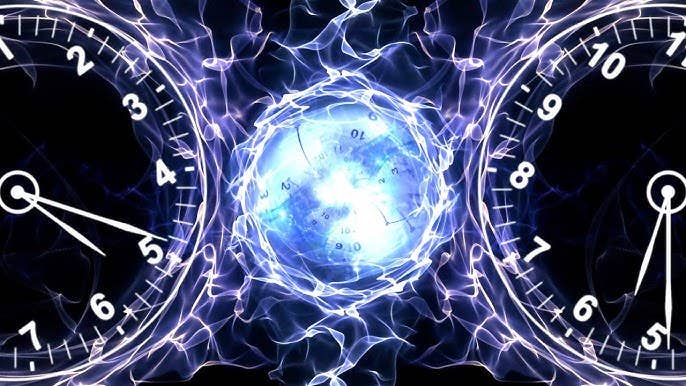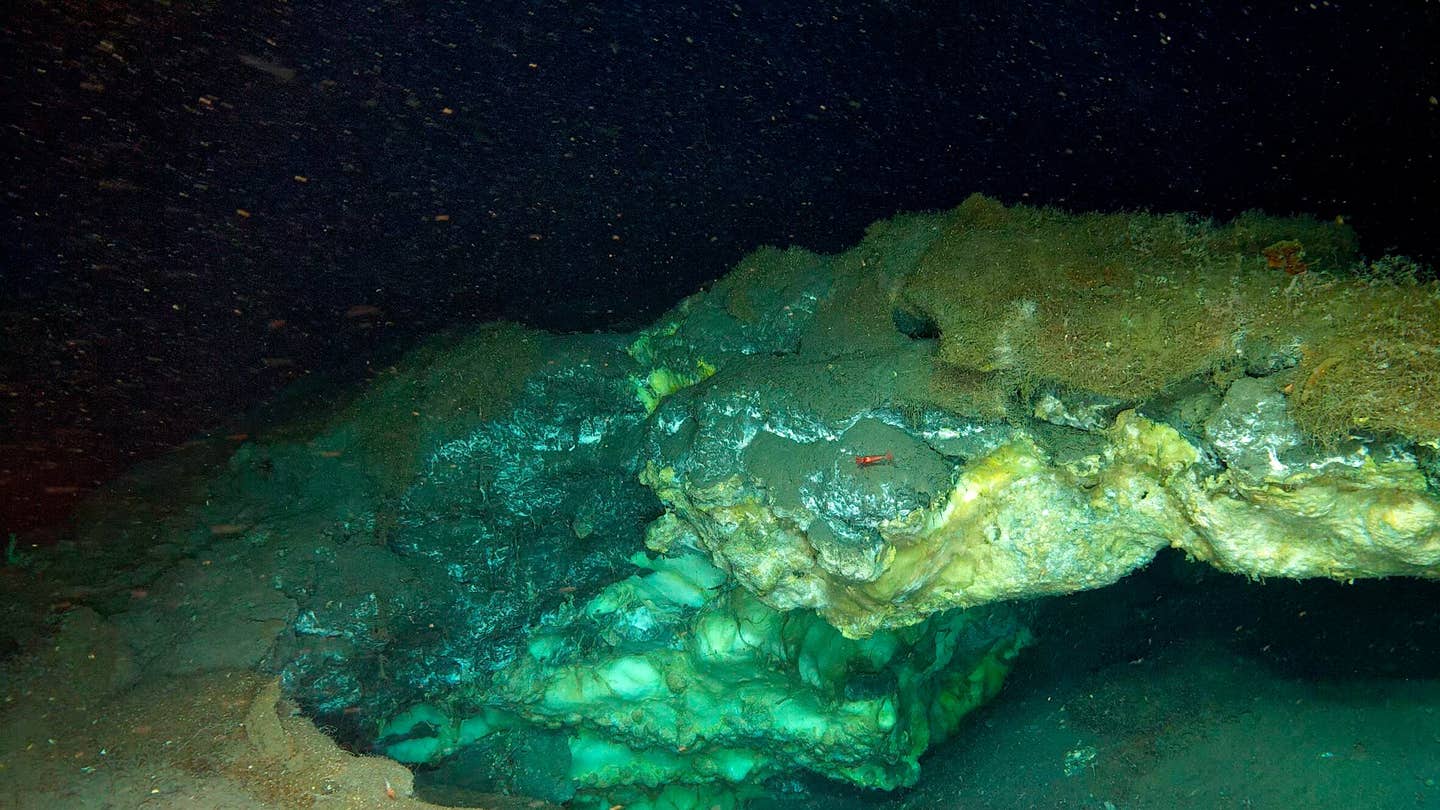New type of ‘nuclear’ clock could revolutionize how we measure time
A new type of clock—the nuclear clock—promises unparalleled precision. Researchers have achieved key milestones, moving closer to revolutionizing how we measure time.

Their work involves using signals from the nucleus of an atom to track time, a shift from the atomic clocks currently in use, which rely on signals from electrons orbiting the atom. (CREDIT: CC BY-SA 3.0)
Timekeeping has been essential for many aspects of modern life, from GPS navigation to internet synchronization. Now, a new type of clock—known as a nuclear clock—could push time measurement to unprecedented levels of accuracy. This innovation could transform not only how we measure time but also how we explore the most fundamental principles of physics.
An international research team, led by scientists at JILA, has made strides toward developing this nuclear clock. JILA is a collaboration between the National Institute of Standards and Technology (NIST) and the University of Colorado Boulder.
Their work involves using signals from the nucleus of an atom to track time, a shift from the atomic clocks currently in use, which rely on signals from electrons orbiting the atom. This breakthrough comes from using a specially designed ultraviolet laser to measure the frequency of energy changes in thorium nuclei embedded in a solid crystal.
The researchers also employed an optical frequency comb, which acts like a precise light ruler, to count the cycles of ultraviolet light needed for the energy shift. Though this is not yet a fully developed nuclear clock, it demonstrates the key technologies needed to build one.
The current atomic clocks are incredibly accurate and vital to technologies like GPS, financial transactions, and internet communication. However, a nuclear clock could offer even greater precision. This improvement would enable more accurate navigation systems, faster internet speeds, and more secure digital communications.
Related News
Furthermore, nuclear clocks could lead to significant advancements in fundamental physics, helping scientists test theories about the universe and possibly discover new aspects of physics, such as dark matter or whether the constants of nature truly remain constant over time.
The operation of atomic clocks depends on the movement of electrons between energy levels. By shining a laser at a specific frequency, the electrons "jump" from one energy level to another, marking time with each jump.
Nuclear clocks work similarly, but they use the much smaller nucleus, where protons and neutrons are packed tightly together. When a laser precisely hits the nucleus with the necessary energy, it flips a nuclear "switch," marking the passage of time.
One of the main advantages of nuclear clocks is that the nucleus is far less influenced by external disturbances, like electromagnetic fields, compared to electrons. Additionally, the laser light required to trigger energy changes in the nucleus has a much higher frequency than the light needed for atomic clocks. A higher frequency means more wave cycles per second, leading to more accurate timekeeping.
However, building a nuclear clock is a complex challenge. Most atomic nuclei require extremely high-energy light, such as X-rays, to trigger the necessary energy jumps, but X-rays of this intensity are beyond current technological capabilities. Fortunately, thorium-229 stands out among atoms. Its nucleus requires less energy to create a nuclear transition, needing only ultraviolet light instead of X-rays.
The journey to harness thorium for a nuclear clock began decades ago. In 1976, researchers identified this energy jump in thorium nuclei, though it wasn't until 2003 that they suggested using it as the basis for a clock. Only in 2016 did scientists directly observe this transition. Earlier this year, two research groups succeeded in using ultraviolet lasers to trigger the thorium nucleus and measure the precise wavelength of light needed.
The team at JILA and their collaborators have now gone further, assembling all the necessary components of a nuclear clock. They used thorium-229’s nuclear transition to create the clock's "ticks," applied a laser to cause energy jumps between the quantum states of the nucleus, and used a frequency comb for precise measurements.
The result is a level of precision a million times greater than previous measurements based on wavelength alone. In addition, they compared this ultraviolet frequency directly with one of the most accurate atomic clocks in the world, which uses strontium atoms.
This comparison established the first direct frequency link between a nuclear transition and an atomic clock—a critical milestone in the development of nuclear clocks and their integration into existing systems.
The results of this research have revealed new details about the shape of the thorium nucleus that were previously invisible, akin to distinguishing individual blades of grass while flying overhead. This groundbreaking achievement is showcased as the cover story of Nature.
Though this work doesn't yet result in a fully operational nuclear clock, it brings scientists one step closer to that goal. A nuclear clock could eventually become a portable, highly stable device, with thorium-229 embedded in a solid crystal offering durability and accuracy beyond current capabilities. With the nucleus being far less sensitive to environmental noise, a nuclear clock could remain highly accurate under varying conditions.
Imagine a clock so precise that it wouldn’t lose a second even after billions of years. As physicist Jun Ye of NIST and JILA puts it, "While we're not quite there yet, this research brings us closer to that level of precision."
This achievement involved collaboration with researchers from JILA, the Vienna Center for Quantum Science and Technology, and IMRA America, Inc., highlighting the international effort required to push the boundaries of timekeeping and physics.
Note: Materials provided above by The Brighter Side of News. Content may be edited for style and length.
Like these kind of feel good stories? Get The Brighter Side of News' newsletter.



